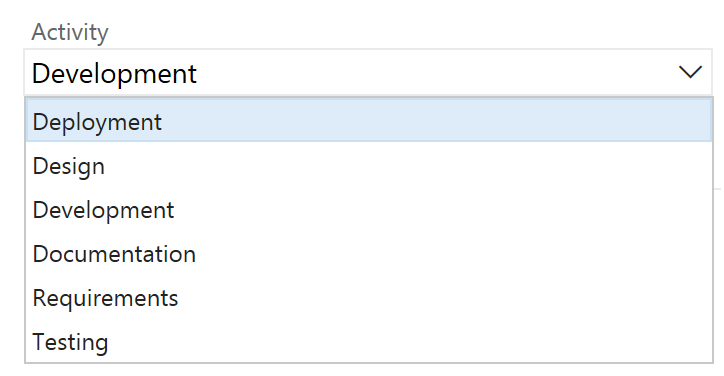At Sun Branding Solutions, we use the Agile template for our work in Visual Studio Team Services. We’ve been using this for a while, but people still occasionally ask what the difference is between epics, features, stories and tasks, so here are my thoughts on when and why to use the available item types.

Epics
If work items were books, then epics are The Lord of the Rings. An epic should represent a strategic initiative for the organisation – for example, “let’s go mobile”, or adding a brand new area of functionality. They may also be technical in nature, such as moving to the cloud, or a major re-skinning, but they should always be aligned to business goals.
An epic probably won’t have much description, and certainly shouldn’t include detailed specifications (that’s up to the Product Owner and their team of Business Analysts to produce).
Epics will span several sprints. Try not to add too many to the backlog, as that cheapens their impact. You probably wouldn’t have more than a handful within a year.
Epics are split into multiple…
Features
Going with our book metaphor, these are an individual Harry Potter novel – something part of a greater whole, but still a self-contained unit of value. The feature is defined by the Product Owner, with the help of BAs, key customers and end users. An example might be “upload files from OneDrive” – or, to put it another way, a feature is a bullet point on your marketing literature, whilst an epic is a heading.
If the product roadmap is largely defined by your customers, then features are the things that your customers really care about. If your roadmap is internal, then features are what your managers care about.
A feature may span multiple sprints, although ideally not more than three.
Features are broken down into…
User Stories
“As an X, I want to Y, so that I can Z.”
The BA will typically break a feature down into the individual requirements, which become user stories. A user story should be a distinct chunk of work that can be delivered and provide some value to the product.
Do not be tempted to split stories into “database architecture”, “data access layer”, “UI” – stories should reflect user requirements. Use tasks for development work items.
Stories have acceptance criteria that represent the requirements the developers must meet. These are absolutely crucial, because they are how the output will be tested and judged.
At this level, we also have…
Bugs
Probably the easiest to define, a bug is a defect that has been noticed and triaged. Bugs have reproduction steps and acceptance criteria. Typically, your QA team will own bugs, but your Product Owner, BA or Product Consultant may also be interested in specific bugs that affect them or their customers.
Beware of people using bugs to slip in change requests – these should always be handled as User Stories instead!
Both User Stories and Bugs break down into…
Tasks
A task is the only type of work item that counts towards the burn-down. Tasks have original and current estimates, the amount of time put in, and the amount of time remaining (it’s the remaining time that counts to the burn-down).
Developers own tasks. It is down to the architects and developers to analyse the User Stories (ideally, they should have been involved in drafting the User Stories and even Features to ensure they have a good general understanding), and set up as many tasks as they think are required.
The level of detail in tasks will vary depending on the team – a small, closely-knit team can get away with titles only, whilst a larger team may need more detail.
Tasks have a work type, which defines what type of resource is required:

When setting the capacity of your team, you can select the type of activity that your team members have, and this will help you see how much work of each type you can accommodate within a sprint.
I found this an excellent introduction. Thanks Keith!